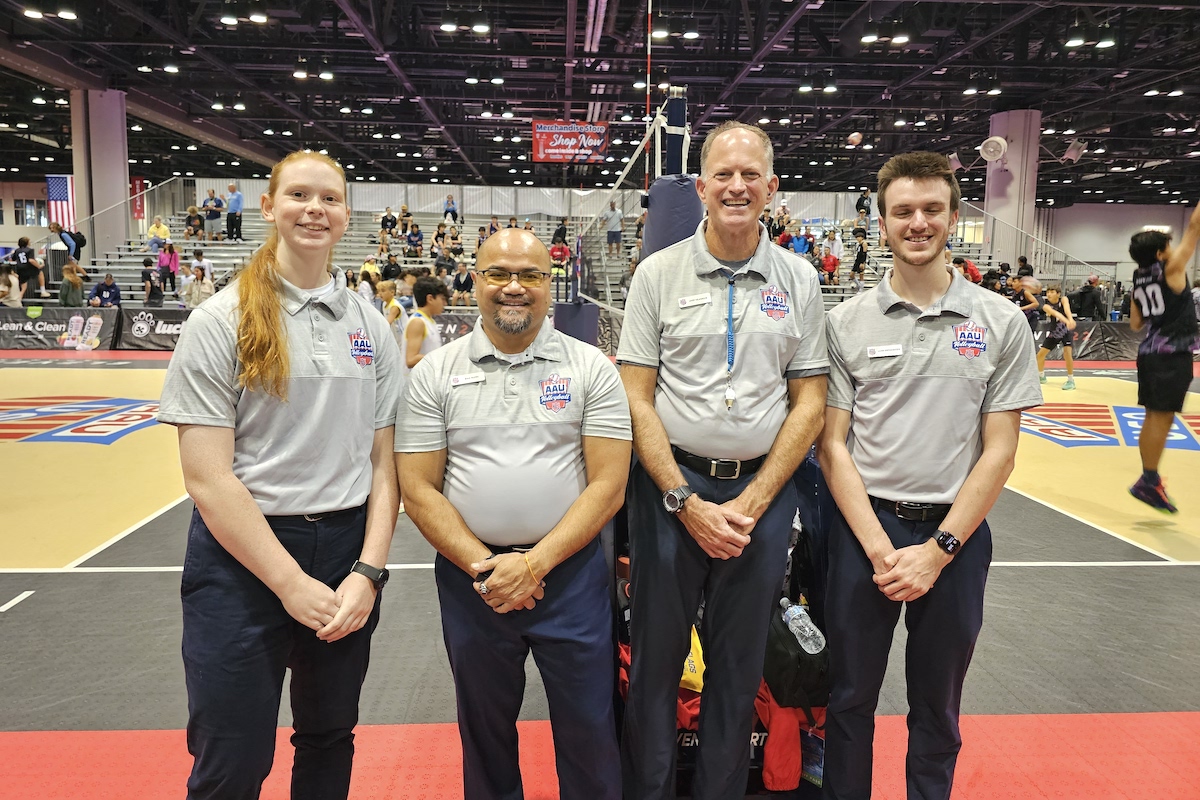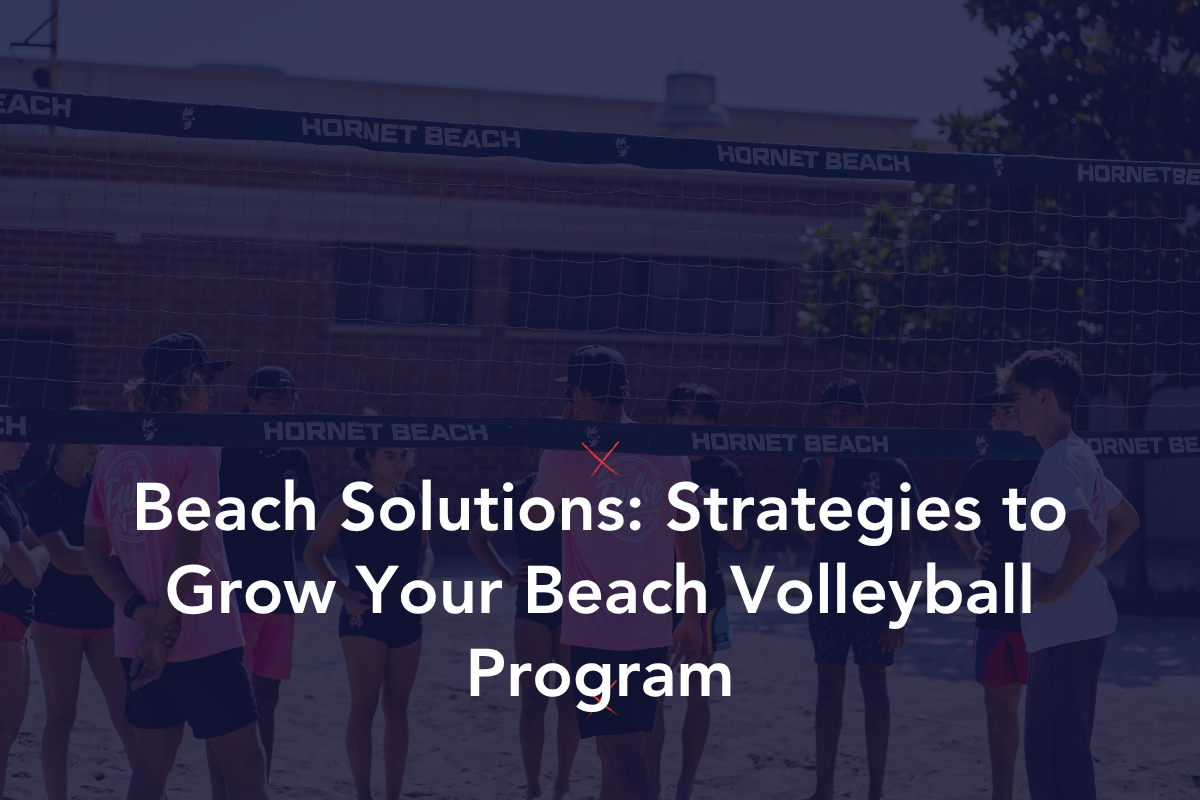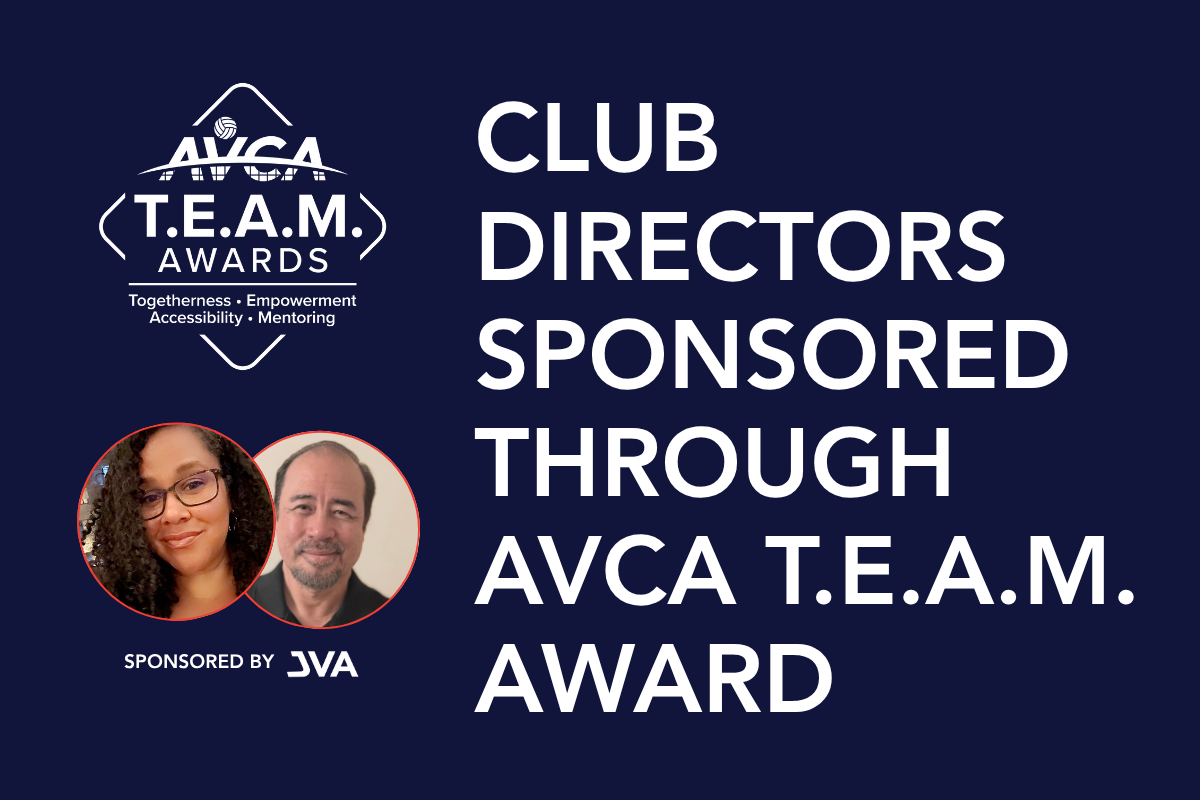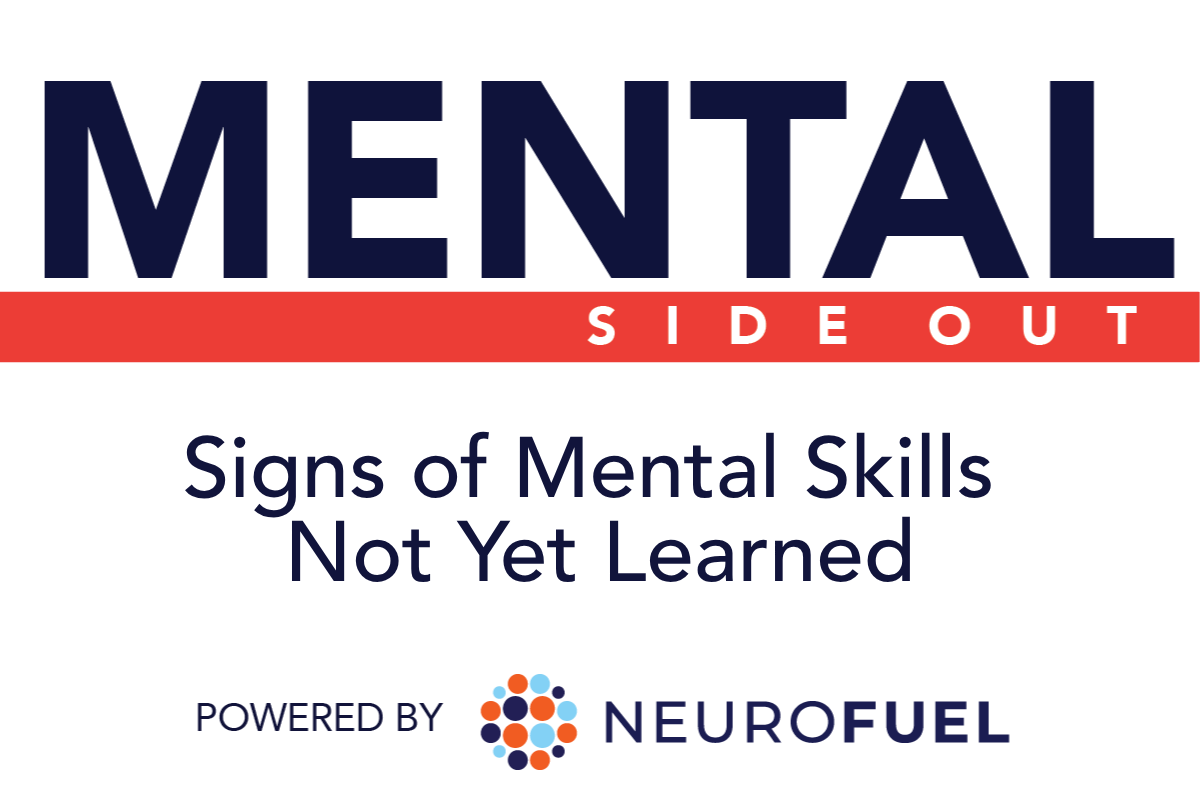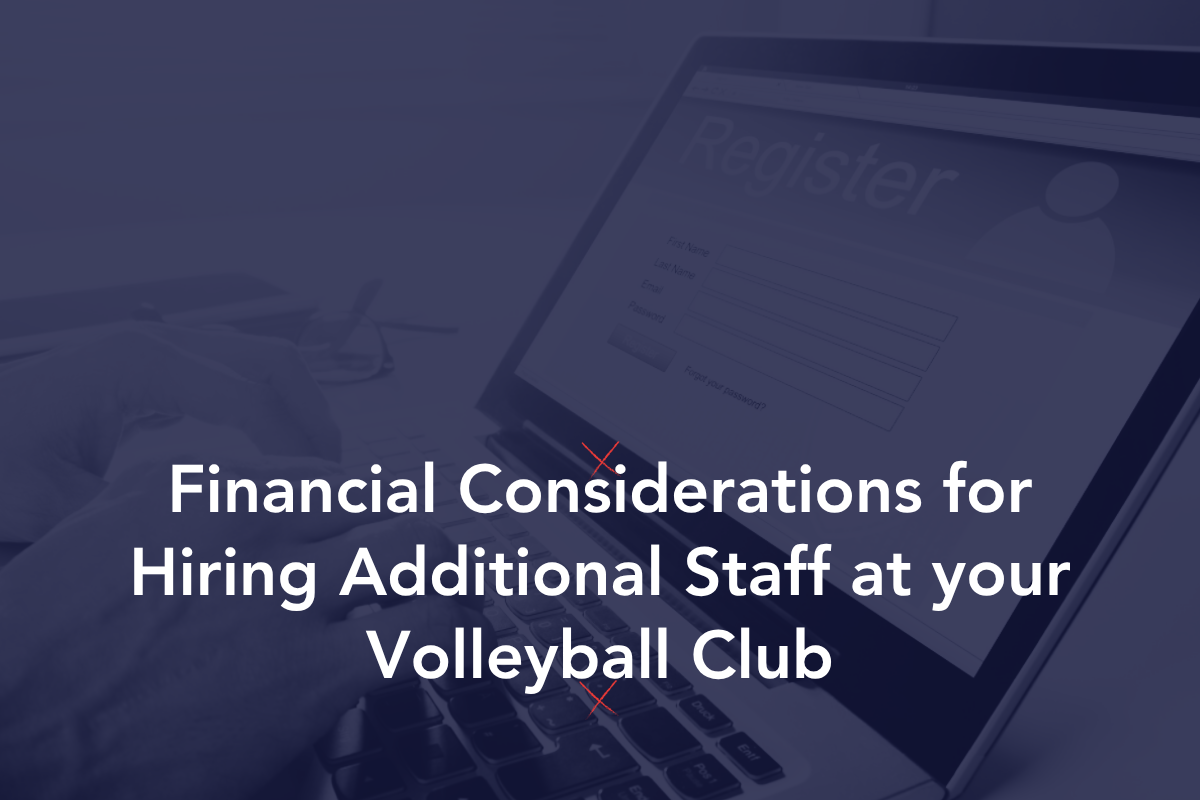Managing a large club with over 70 coaches is quite a task. Among the many challenges are the recruitment, retention, performance management, and on-boarding of staff. With a direct and measurable impact on young people it is essential that your staff understand their responsibilities, your expectations, and abide by the organizational vision and policies set forth by your club. An employee handbook provides them with the essential information to be an effective and compliant staff member. It also serves as an invaluable tool in managing employee performance when behaviors are inconsistent with stated policies and expectations.
It is impossible to prepare an employee handbook that addresses every possible scenario in our business. However, with a strong foundation and an organized approach you can create a document which easily adapts to the changing needs and the myriad of situations that can arise over the course of a season.
Prior to the 2016 season we went through a total review and redesign of our employee handbook. The result has a slightly corporate feel but it does provide our staff with a comprehensive and easily referenced guide to what is required to successfully coach at our club and contribute to the delivery of our mission.
I’ve included our table of contents below and one can quickly see that the document is lengthy [47 pages]. The first section covers our vision and organizational values along with general work place practices most often governed by state and federal agencies. From that point the focus is on the areas of compliance, compensation, coaching standards, and policies governing conduct with athletes, parents, opponents, officials and more during training and competition, and proper gym use.
Getting started can be overwhelming but remember the foundational aspects are your mission and your organizational vision. I started with a mind map and then settled on the structure below. There are countless online resources available that provide good language for the structure of this document. You can also seek the assistance of your payroll processing company. Its creation is definitely on the list of things that are hard to get started but very worth it in the end. Good Luck!
Table of Contents
Section 1: Workplace Environment & General Practices
1.1 Vision…………………………………………………………………… 3
1.2 Equal Employment Opportunity…………………………… 3
1.3 Voluntary At-Will Employment…………………………….. 3
1.4 Code of Business Conduct and Ethics…………………… 4
1.5 Conflict of Interest Policy…………………………………….. 4
1.6 Abuse, Discrimination and Harassment Policy……… 5
1.7 Fraternization Policy Statement…………………………… 5
1.8 Whistleblower Policy…………………………………………… 6
Section 2: Compliance, Compensation and Benefits
2.1 Affiliations [CR, USAV, AAU] and Compliance……… 8
2.2 Additional Coaching Opportunities……………………. 10
2.3 Compensation……………………………………………………. 10
2.4 Benefits……………………………………………………………… 11
Section 3: Triangle Coaching Standards
3.1 Communication (with athletes)…………………………. 13
3.2 Consistency……………………………………………………….. 13
3.3 Professionalism………………………………………………….. 14
3.4 Accountability……………………………………………………. 14
3.5 Character…………………………………………………………… 14
Section 4: Coach Policies and Expectations
4.1 Reporting Relationships……………………………………. 15
4.2 Conduct/Relationships-General…………………………. 15
4.3 Conduct/Relationships-with Student-Athletes…… 16
4.4 Confidentiality, Record Management and Retention…………………… 16
4.5 Social Media Policies…………………………………………. 16
4.6 Communication and Meetings…………………………… 17
4.7 Coaches in the Gym-General……………………………… 17
4.8 Coaches in the Gym-Training……………………………… 18
4.9 Coaches in the Gym-Competition………………………. 19
4.10 Team Management……………………………………………. 19
4.11 Playing Time………………………………………………………. 20
4.12 Travel Policies and Practices……………………………… 21
4.13 Alcohol and Consumption Information………………. 23
4.14 Parent Interactions……………………………………………. 25
Section 5: Gym Policies
5.1 Gym Use……………………………………………………………. 26
5.2 Equipment…………………………………………………………. 26
5.3 Emergency Procedures, First Aid & Training……… 27
5.4 Inclement Weather Policy…………………………………. 27
Section 6: Private Lessons Policies
6.1 Who can perform Private Lessons?…………………… 28
6.2 Private Lesson Schedule……………………………………. 28
6.3 Instructor Responsibilities…………………………………. 28
6.4 Scheduling Private Lessons……………………………….. 29
6.5 Pricing and Fees………………………………………………… 30
Section 7: Addendums [All Staff]
7.1 Camp and Clinic Staffing Guidelines…………………… 31
7.2 Club Member Handbook excerpts
7.2.1 Player Policies and Expectations…………… 36
7.2.2 Parent and Guardian Guide…………………… 40
7.2.3 Club Travel Policies………………………………..43
7.2.4 General Recruiting Policies…………………… 47
For additional resources for Club Directors and running a junior volleyball club, click here and login.
About the Author
Sherry Fadool is the President and Club Director of Triangle Volleyball Club, a JVA member located in Raleigh, North Carolina. She is a member of the JVA Board of Directors. Sherry began working with Triangle in 2006 to provide marketing and operations support for Triangle’s newly commissioned facility. Fadool’s focus on compliance, governance, and operational excellence provided the stability and structure needed to manage Triangle’s unprecedented growth during this time. She was hired as Triangle’s Director of Business Operations in 2007 and promoted to Associate Director in 2009. In 2013 Fadool led the expansion of Triangle’s Globe Center facility allowing for significant team and program expansion. Her innovative approach to organizational development and business operations have helped distinguish Triangle as a market leader in youth sports. Her leadership is central to Triangle’s mission-focused approach and its strong commitment to grow the sport of volleyball.





